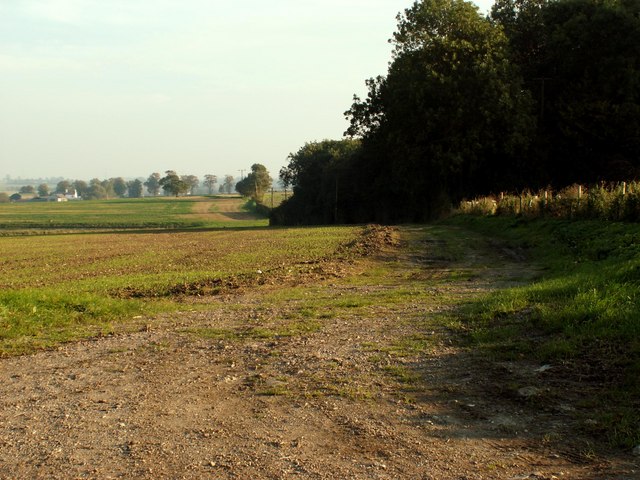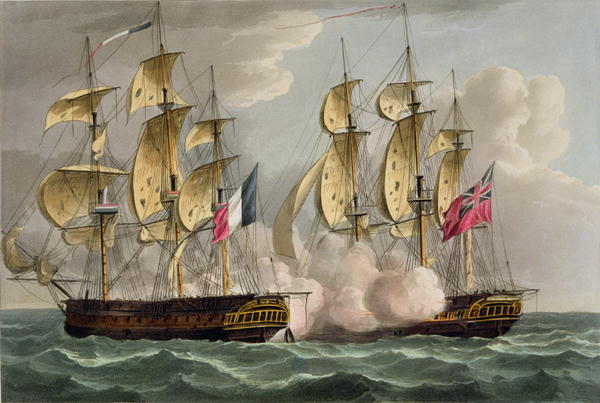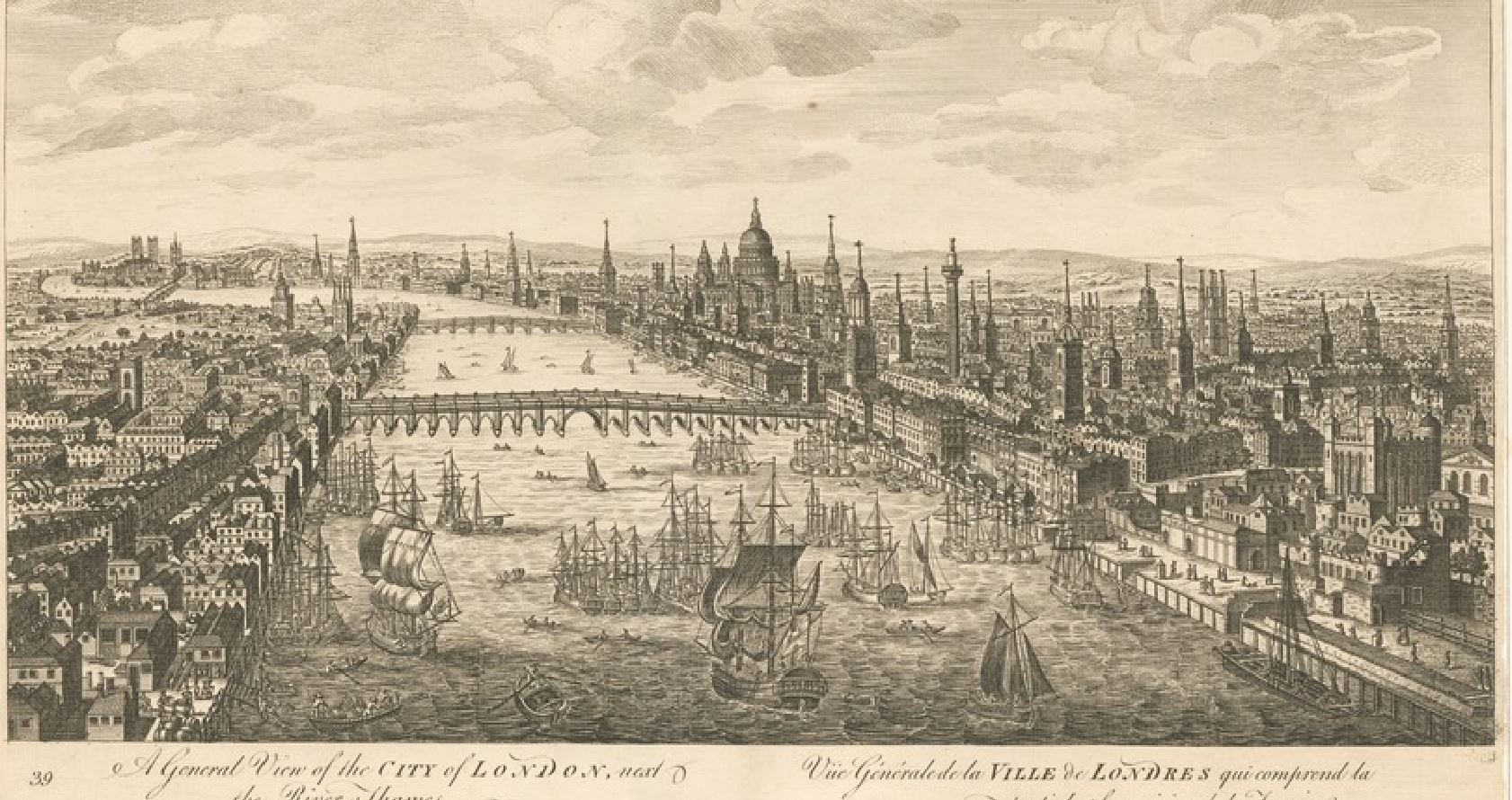In my tree, I have a rather unbelievable class change across two generations. So unbelievable that I often come back to it, thinking it must be a mistake. That I’m wrong in the tree, that I found the wrong father for this ancestor.
I still don’t know. I still come back to it. DNA has given me no confirmation at all. Maybe it’s wrong. But I’ll place the whole conundrum here and maybe someone will be able to help.

George Devon Doo was born on 21st November 1794, the eldest child of John and Harriet Doo. His mother Harriet was a Devon, the daughter of George Barker Devon. I’ve written about her line here and here .
The family was very respectable. John Doo descended from a long line of Anglican reverends and gentleman farmers in Hertfordshire. His mother traced back to aristocracy, just out of living memory. The men in his family were magistrates and church wardens, sat on local boards and played a large part in local affairs.
Harriet Devon, on the other hand, came from flamboyant and uneducated London wealth. Flung into the ranks of the millionaire (or 17th century equivalent) through a somewhat questionable inheritance, the Devon family lived opulantly and to some degree imploded while Harriet was still a child. But the money was still there and the younger generation had enough skills to hold on to some of their birth advantage. Harriet made a sensible marriage. George Devon Doo was born into comfort and security.

He was still a baby when the family returned to Buckland, Hertfordshire. His mother was pregnant with a second child and his father was possibly ill. I’ve found no reason for the move, but John Doo died on 31st March 1797 in Hertford.
I have not found a death record. Just a newspaper report:
The ‘Oxford Journal‘ 08 April 1797, page 4: ‘Died: Mr John Doo, of Buckland, in Hertfordshire, Son of the late Mr John Doo, of Chipping.‘
Six months later, George’s little sister Fanny was born in Hertfordshire.

No records have been located about George’s childhood. The next event of note is his mother’s remarriage to Peter White on 7th February 1805. George was aged eight at the time.
I have a suspicion that this was the beginning of bad times for George. I’m guessing here, but given his later actions, and that of his descendants, I’d say he was a difficult child. There’s a strain of high functioning autism in our family that comes down through that branch, along with sensory sensitivity, anxiety and a need for lots of personal space. I’ve wondered if it went back this far. But this is mere speculation.
At the age of ten, George was placed in the British Navy while his sister Fanny went back to her father’s relatives at Buckland. Peter and Harriet White moved to Devon and had seven children. There is no indication that the two Doo children ever mixed with them.

George wasn’t alone in the navy. He was placed on the same ship as his young half-uncle, then sixteen-year-old Frederick Devon. Just like George, Frederick had joined at the age of eleven , as had his eldest brother Thomas Barker Devon. With all the family money behind them and probably different personal skills, both Thomas and Frederick achieved high rank.
The family circumstances were odd. After two children with his wife Ann Lovelace, Harriet’s father had abandoned her to move in with a new partner Elizabeth Willis. The two lived in society with no apparent loss of status. Their ten children were Harriet’s half siblings, but it looks as though Harriet did not associate with them. Exactly like George with his own half-siblings.
Perhaps George’s placement was coincidence. Or perhaps the families were more united than we knew?
George started in the navy just in time for the Napoleonic wars.

The navy during the Napoleonic wars was no place for a sensitive child. There are awful stories about life on board those ships, especially for the lowest rungs in the hierarchy. We don’t know much about his Naval career. I suspect it wasn’t good.
The next record is the birth of a baby girl named Clara Doo, daughter of George Devon Doo and Jane Rapier. It’s a transcription made in the last century and the original has not been located. But it’s a reputable transcription.
Supporting that birth record is another from London on 15th December 1813. It’s a rather faint baptism record, variously transcribed as Clara Rapier Doo and Clara Seraphim Doo. Personally, my vote is Clara Sophia Doo, but it’s very hard to tell. A middle name of Rapier makes so much sense. But I’m just not seeing it. Also, this baptism shows a mother named Ann.

This is the point to mention the OTHER Doo family.
They were farmers, victuallers and waterfront workers. They have the same family names – George, John, Ann, Jane, Harriet – all those names appear in that family. They lived in the rough part of town and had no education at all.
So many times, I’ve wondered if they are my ancestors and not George Devon Doo. And maybe they are the same family if we could go back just a few more generations. Because little Clara was baptised in Soho among a very different congregation to George Devon Doo.


On 20th September 1814, George Devon Doo was married to Ann Forester at St Mary Newington in Surrey. This, presumably, is the Ann of Clara’s baptism.
Is Ann Forester the one called Jane, the apparent mother of baby Clara? There’s no record to show. Maybe.
On 29th January 1815 in Soho, Surrey – the same church that baptised little Clara – a son was baptised. George Foster (Forester?) Doo, son of George Devon Doo and his wife Ann.

George Devon Doo is listed as a gentleman, so to this point I’m sure we have the same person.
After this, George went to India to serve in the military. Possibly the family went with him. They vanished. There are no details of later children at all.

And here is the problem point. I’ve no further information about either Ann or Clara. But both George’s – father and son – appear again in different places. I think.


In 1856, George appeared in a record from New South Wales, Australia. He was in gaol in Darlinghurst. He’s shown as a labourer but it’s clearly the same person. He arrived on the Elizabeth, direct from India.
And at last in 1865, we have a marvelous if tragic record. His very own words, as relayed by a third party. Along with some scandalous mistreatment of a vulnerable person.
To summarise: George was a patient in Yass hospital, addicted to alcohol and opium. Under the influence of strong craving he was in the habit of promising to write the various staff into his will if they brought him the narcotic.

The event, as reported by the ‘Maitland Mercury‘ on 06 Jun 1865:
The evidence of the wardsman of the Yass Hospital taken at the investigation on the death of George Devon Doo who died on the morning of the 25th May reveals a state of affairs in connection with that institution that is by no means calculated to raise its prestige in the eyes of the public.
The facts are briefly these: –G D Doo was subject to a complication of diseases, amongst which were disease of the heart and cancer of the jaw, in addition to which he suffered from a constant craving for strong drink. He was seen before under the influence of liquor and caught, if we may so use the term, in possession of a bottle of “painkiller”. It was known that a spirituous debauch or overdose of narcotic stimulant would most likely prove fatal, and that his medical attendant had strictly forbidden any indulgence beyond that prescribed by him. All this was known to the wardsman and yet, on removing the body, after death, almost the first things which were brought to light were two bottles containing brandy, and two others which had been lately filled with a compound the most unsuited of all others tor a man in a state of health such as was that of Doo for some time previous to his death. These, evidently the causeof death, were found beneath his pillow, but no one can state how or by what means they came there. Dr O’Connor, one of the medical attendants of the hospital, said, “I allowed Doo three glasses of wine, to be taken in small quantities during the day and a glass of brandy and water at bed time, as stimulants. On the night of his death, I am told, he did not take the brandy and water prescribed. I saw the body of deceased the morning after death, I believe he died of disease of the heart, accelerated by an overdose of brandy, or very likely a narcotic, such as I believe this .pain killer. to be” -Goulburn Argus.

Here is the trial as reported in the ‘Goulburn Herald‘ on 17th June 1865:
YASS. (From our correspondent.) On Tuesday forenoon, the subcommittee consisting of Mr. Allman, Mr. Pearse, and Mr. Hassett, met in the committee-room for the purpose of pursuing the inquiry into the wardsman’s conduct. The specific charge was that he had allowed brandy and wine to be admitted into the hospital and consumed by a patient in excess of the quantity ordered by the medical attendant.
Patrick O’Donnell’s evidence was to the effect that on his visiting the patient, George Devon Doo, the wardsman came into the room where they were with a square bottle of brandy, that he gave four glasses of the spirit to Doo during the time the witness was there, some four or five hours, and that he (witness) partook of some of it. Mr Goodman … had [a conversation] with George Devon Doo, during which the latter said that he was not half the man he had been since he and the wardsman drank a case of gin, and another of old tom together. The wardsman was not present at this conversation. Dr. O’Connor spoke as to the fracture of the knee-cap, for which George Devon Doo had been admitted for treatment, and that soon after he came to the hospital it was discovered that he was suffering from disease of the jaw; that he was seventy-six years of age, had served twenty-one years in the Indian army, during the last four years of which period he was in hospital under treatment for dysentery, and that he was a man of very feeble constitution. …
The evidence being concluded, the wardsman made a statement denying the charge implied in O’Donnell’s evidence, and explaining the time and where the patent medicine was found by him. He further stated that he never gave George Devon Doo any wine or brandy except what was ordered by his medical attendant, Dr. O’Connor.
The wardsman handed in several high testimonials connected with his conduct in the Sydney infirmary for many years … the sub-committee … had come to the unanimous conclusion that the present wardsman, Edmond Sidney Plunkett, was not a fit and proper person to hold the office, and recommended his dismissal. Some considerable discussion ensued, Mr. Allman giving it as his opinion that although O’Donnoll’s evidence might be suspected, he being somewhat disappointed at not being a legatee under Doo’s will, the sub-committee could not exclude his evidence .. of a large amount of grog having been given to Doo by the wardsman. .

Finally, here is the final will and testament of George Devon Doo, made in May 1865.
In the name of God Amen this is the last will of me George Devon Doo at present a patient in the Yass Hospital New South Wales. I give and bequeath unto Michael Cassidy of Yass in the said Colony, freeholder (who I hereby appoint as the Trustee and Executor of this my Will), the sum of five hundred pounds now lying in my credit at the Commercial Bank, Yass in trust for the sole and separate benefit of Elinor Plunkett the wife of Edward Sydney Plunkett, wardsman of the said hospital, and I swear that the sum of five hundred pounds, so given to the said Elinor Plunkett, shall not be given to the debts or control of her said husband and shall be payable to her by my said Executor on her receipt only, independent of her said husband.
I revoke all former wills by me at any time heretofore made.

The story of George Devon Doo is straightforward. Sad, but all the records fit together well. All my genealogical problems come with his son.

On 30th August 1830 in Richmond, Surrey, England, George Dennis Doo, plasterer, married Harriet Hammerton. George stated that his father was a clerk in a banking house. Harriet’s father was a smith.
That’s a sketchy record which looks to have no relevance to this family at all. George signed his own name.
There is a transcription of the baptism record for their son George Charles Doo in 1840, still in London. I haven’t found them in the 1841 census at all.
Their son Alfred J Doo was born in December 1845 in Mortlake, Surrey. His father is listed as a labourer at the baptism.
Their daughter Ann was baptised in September 1850 in Mortlake, Surrey. Her father is listed as a labourer.
How could this possibly be the same family as George Devon Doo? It makes much more sense for this George to connect to the waterfront Doo family.

This is one of the complicating records. The 1851 census for George Doo, labourer and husband of Harriet, in which he calls himself George Devon Doo. Through all the census records he has a different middle name. Dennis, Foster, Forester, Devon – there’s no consistency at all. But each name belongs with the other George Devon Doo. And I’ve found no connection to the waterfront Doo group either. There’s no baptism to fit him. At no point does he live near them or have any of them appear in his household.
I am very clearly a descendant of this George Doo, the bricklayer one. But is he a son of George Devon Doo? Probably not? If not, then who is he and where did he come from?
Generally speaking, you don’t get this kind of class plummet. Not this fast. But George Devon Doo was clearly estranged from his family. His sister Fanny and his mother Harriet did not mention him in their wills. He had a bequest from his father to live on, that was all. So the family may not have known anything about Clara and George.
And we don’t know what Ann’s social class was. Perhaps she was a servant and he married her so there was someone to care for baby Clara? And then dumped her and went off to India?? If the records exist, they have not yet been digitized.
DNA proves my lineage back to Harriet Hammerton and to her father John Hammerton.
I also have matches to the surname Forester, military family in India in the 1830s. Coincidence perhaps.
Ann Forester continues to be no more than a name on a few records from a two year period.
So this is the puzzle. I’ll be very happy to hear from anyone who might have researched the same families.
Citations
Wikimedia Commons File:Darlinghurst_gaol_new_south_wales.jpg
“ECCLESIASTICAL JURISDICTION.” New South Wales Government Gazette (Sydney, NSW : 1832 – 1900) 2 June 1865: 1189. Web. 5 Dec 2019 http://nla.gov.au/nla.news-article225851637.
Robert Edwards / Public Footpath, just west of Buckland, Herts. https://commons.wikimedia.org/wiki/File:Public_Footpath,just_west_of_Buckland,_Herts.–geograph.org.uk-_261629.jpg
1851 British Census General Record Office, London schedule 180, piece 461, Folio 16 Page 31
Surrey Parish Register Transcripts via FindMyPast